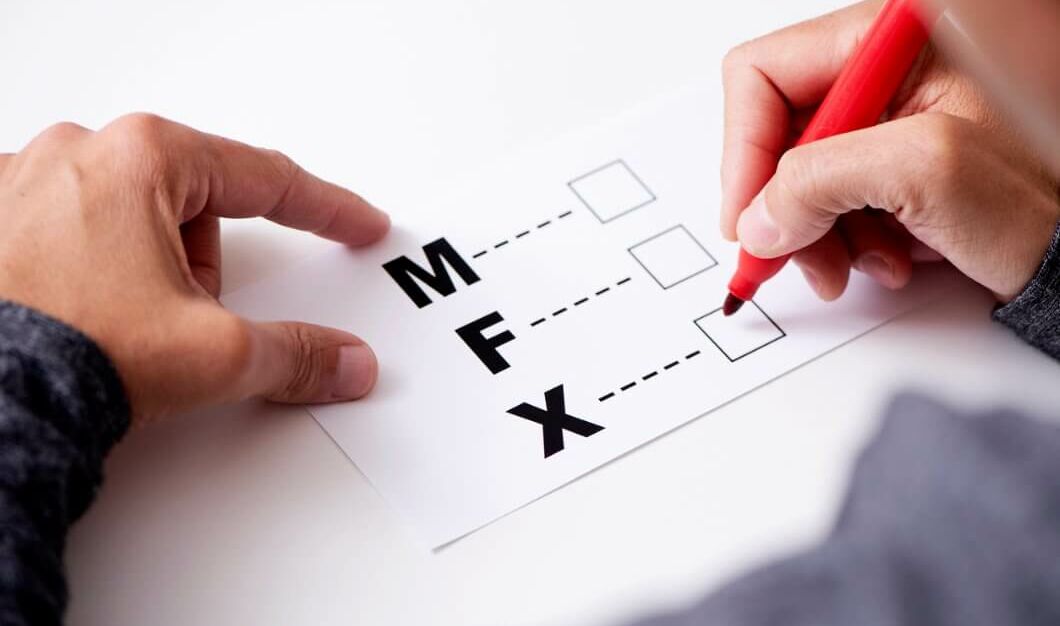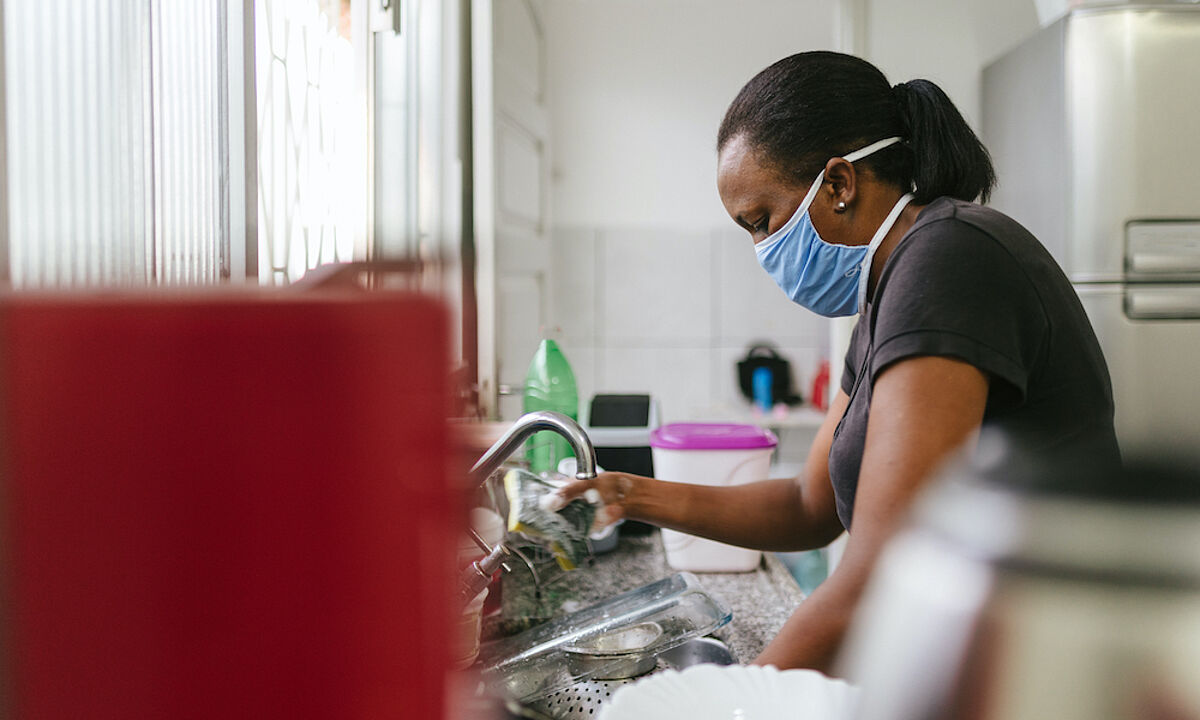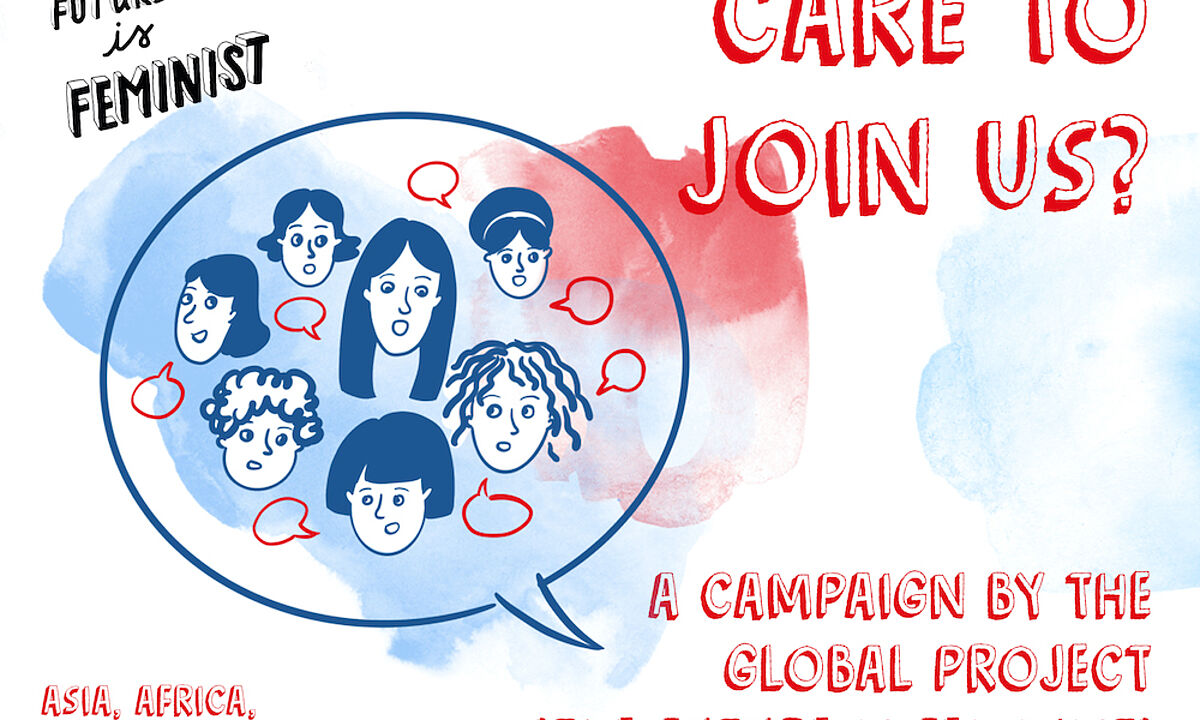Gender asterisk or not How German media are making their way towards a gender-sensitive language

In Finland, people can spend hours bantering with each other at parties without knowing whether the people they are talking about are male or female. The Finnish language does not have any genders. The German language, on the other hand, makes a very sharp distinction between men and women. The addition of the syllable 'in' to a masculine term clearly indicates that a woman is meant.
But there is also a language convention that arouses feminist ire: The generic masculine. Masculine personal terms have been a linguistic standard in news broadcasting and newspaper articles up to now. Words like Steuerzahler, Kunde, Patient (taxpayer, customer and patient) are used in the masculine form and are supposed to make women feel like they are meant as well, even though strictly speaking only the feminine form of taxpayer, customer or patient (Steuerzahlerin, Kundin and Patientin) applies to them. For decades now, the pioneers of feminist linguistics, Luise F. Pusch and Senta Trömel-Plötz, have been criticising subordination of women under the generic masculine. In the meantime, numerous studies have shown that most listeners only see men in their mind's eye when they hear male terms. So what becomes of the women?
The fight for gender-sensitive language
Criticism of language conventions has really picked up momentum thanks to a lawsuit filed by 80-year-old Marlies Krämer before the highest German civil court, the Federal Court of Justice (Bundesgerichtshof). She was seeking a court ruling ordering that she be referred to as Kundin (female customer) instead of Kunde (male customer) on the forms used by her savings-and-loan bank. The Federal Court of Justice rejected her action in March 2018. A debate has been raging ever since, especially in the media, over gender-sensitive language.
In October 2017, the other German high court, the Federal Constitutional Court (Bundesverfassungsgericht), handed down a ruling preventing lawmakers from discriminating against people who do not fall into the categories of male or female in terms of their gender identity. The word "diverse" was introduced for this group of people. At the same time, the gender asterisk began to take on an important meaning: placed between the masculine stem and the feminine ending, for example in the word " Kund*innen" (customers), it signals gender diversity. Another variation is the gender gap: an underscore symbol like in the word "Kund_innen" displays a gap between male and female. This opens up a space for people who are intersex or transsexual, or who do not want to be assigned to any category.
Gender asterisk, star or gap?
The gender asterisk, which was already occasionally used in texts before 2017, has been on an upward trajectory in Germany, although this has been more the case in alternative media or in publications for a younger audience, both online and offline. Younger people up to about 30 years of age also pronounce it: by leaving a small gap in the place of the asterisk or the gender gap, something like the linguistic mini-break that can be heard in the word theatre.
The gender star has also been showered with criticism, however: Placing a punctuation mark in the middle of a word is foreign to the German language. Critics argue that this butchers the language, hinders the flow of reading and is unpronounceable. Moreover, it has not received the blessing of the Council for German Orthography. Underlying the criticism is generally a conservative attitude towards feminism and the demand for equality between men and women.
Mainstream media such as the major daily and weekly newspapers usually share this scepticism regarding the gender star. In many cases, they fear that readers might reject the asterisk, and that this could lead to vitriolic, rancorous discussions in comments and letters to the editor or even to cancellations of subscriptions. However, the long-standing debate over gender language - a debate also taking place within editorial offices - is bringing about a gradual rethinking. Journalists and correspondents are experimenting with linguistic variants, while editors are playing with language and moderators are occasionally using the gender gap when they are being aired.
The path to linguistic gender equality
June 2019 saw the launch of the website www.genderleicht.de, a project initiated by the Women Journalists' Association with financial support from the German Federal Ministry of Family Affairs. It seeks to provide media professionals an impetus to instil more gender justice in their journalistic work, i.e. to make women more visible in texts, to treat all genders with respect and to avoid role stereotypes in words and pictures.
One focal point in the work of Genderleicht.de is to provide assistance on the path to linguistic gender equality. The website offers writing pointers for downloading or also a text laboratory, in which the Genderleicht team discusses tricky textual questions from letters. Genderleicht.de is particularly keen on demonstrating alternatives to the generic masculine form and on popularising the use of gender asterisks and gender gaps in a deliberate, reflective manner, instead of mechanically insisting on such in every male personal term, as that is simply arbitrary and too many asterisks make a text difficult to read. If, for example, gender is not important at all in a text passage, there are many alternative ways of formulating things in a gender-neutral way. If, on the other hand, it is specifically about men, women or all genders, then they should be named correctly and in a respectful manner. If one is creative in the use of language, texts can be produced that are both gender-sensitive and elegant.
About the Author
Christine Olderdissen is a television journalist and lawyer. She manages the project "Genderleicht" on behalf of the Journalistinnenbund, the German association of female journalists. The online portal presents the latest linguistic research and application examples, and offers professional advice as well as practical tools for non-discriminatory language use in media. Genderleicht is supported by the German Federal Ministry of Family Affairs, Senior Citizens, Women and Youth.




